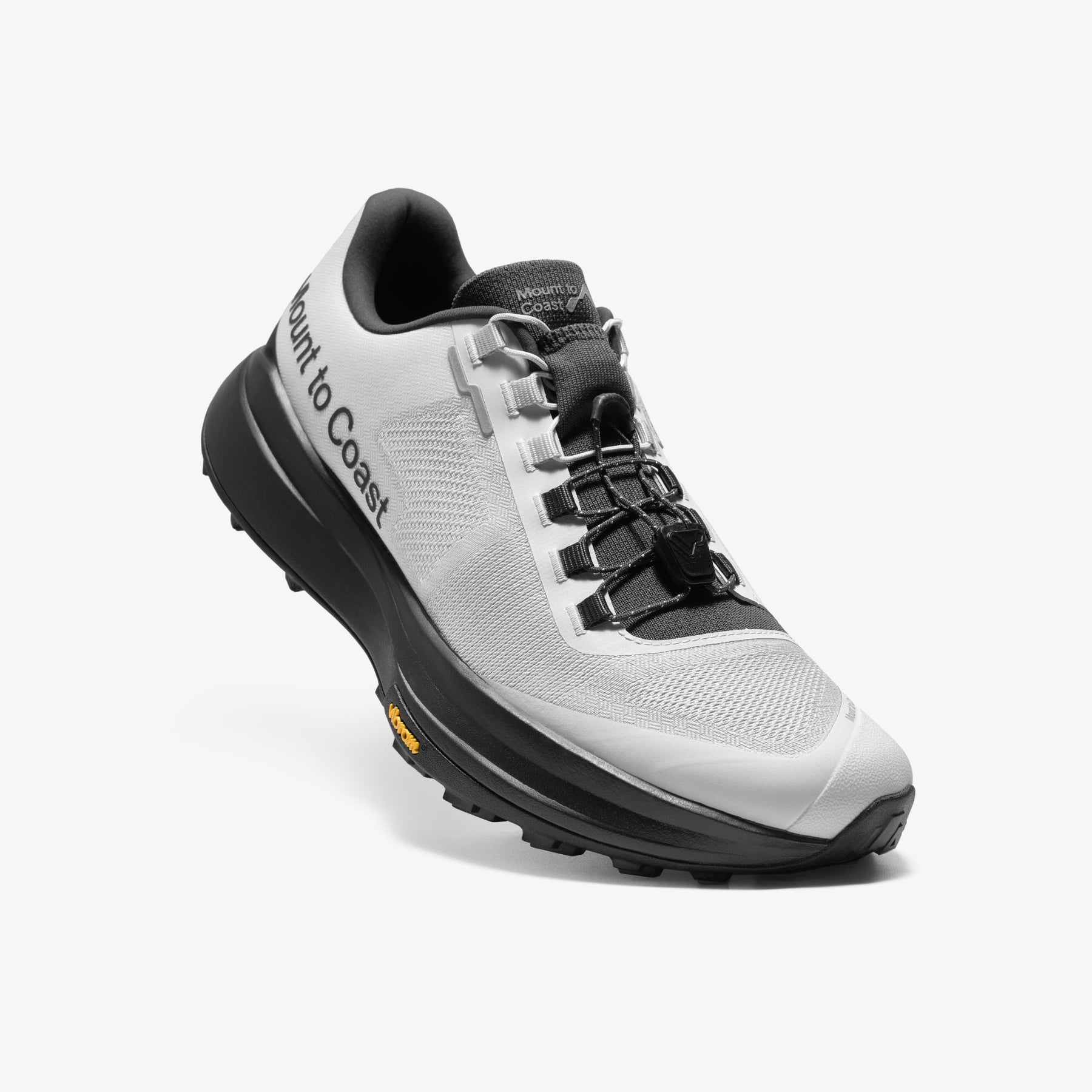Unlock the Secret to Finding Your Perfect Women's Hiking Boots!
Choosing the right hiking boots is crucial for women who enjoy exploring the great outdoors. The right pair can make a significant difference in comfort, support, and performance on various terrains. Whether you're tackling rugged mountain trails or strolling through a serene forest, having the appropriate footwear can enhance your experience and keep your feet happy. This article aims to guide you through the essential features, materials, and styles of women's hiking boots, helping you find the perfect pair tailored to your hiking needs and preferences.

Key Features to Look for in Women's Hiking Boots
When it comes to women's hiking boots, several key features should be at the forefront of your mind. Fit is paramount; an ill-fitting boot can lead to discomfort and blisters, so it’s essential to find boots that hug your foot without being too tight. Cushioning is another critical aspect; adequate cushioning absorbs shock and provides comfort on long hikes. Ankle support is also vital, especially on uneven terrains, as it helps prevent injuries by stabilizing your feet. Additionally, traction is a feature you should not overlook; a good outsole with an appropriate tread pattern will provide grip and stability, allowing you to navigate various surfaces confidently. Many women I know have shared how the right combination of these features has transformed their hiking experiences, enabling them to enjoy longer hikes without the nagging discomfort that often comes from subpar footwear.
Materials Used in Women's Hiking Boots
The materials used in women's hiking boots significantly impact their durability, weight, and weather resistance. Leather is a popular choice for its strength and longevity; however, it may require more time to break in. On the other hand, synthetic fabrics are lighter and often come with waterproof membranes, making them a great option for wet conditions. These materials offer a balance between comfort and performance, but it’s essential to consider their breathability during warmer months. Another option is a combination of leather and synthetic materials, which can provide the best of both worlds. While leather adds durability, the synthetic components can enhance breathability. My friend once invested in a pair of synthetic boots for a rainy hiking trip, and she found that they kept her feet dry while being surprisingly lightweight. Understanding the benefits and drawbacks of each material will help you select the right pair based on your hiking environment and personal preferences.
Styles of Women's Hiking Boots
Women's hiking boots come in various styles, each designed for specific activities and preferences. Low-cut boots are ideal for day hikes and light trails, offering flexibility and comfort. Mid-cut boots provide additional ankle support, making them suitable for moderate hikes with uneven terrain. If you're planning on tackling more challenging trails or carrying heavier loads, high-cut boots may be your best option, as they offer maximum support and protection. Each style has its unique benefits, so it’s essential to consider the type of hiking you plan to do. I recall a hiking trip where I opted for mid-cut boots, which provided the stability I needed while navigating rocky paths, while my friend chose low-cut boots for a casual day hike, enjoying the lightweight feel they offered. Understanding which style aligns with your hiking interests will help you make a more informed decision.
How to Choose the Right Size and Fit
Finding the right size and fit is one of the most important steps in selecting women's hiking boots. It's advisable to try on boots with the socks you plan to wear while hiking to ensure a proper fit. Pay attention to the toe space; there should be enough room for your toes to wiggle without feeling cramped. Keep in mind that boots will break in over time, so they should feel snug but not painfully tight. Many hikers I know have learned the hard way that a perfect fit can prevent blisters and discomfort during long hikes, so take the time to walk around in the boots before making a final decision. Remember, comfort is key to enhancing your hiking experience!
Final Thoughts on Selecting Women's Hiking Boots
In summary, choosing the right women's hiking boots involves considering key features like fit, cushioning, ankle support, and traction, as well as understanding the different materials and styles available. By assessing your specific hiking needs and preferences, you can find a pair that enhances your outdoor adventures. Remember, the right hiking boots can not only improve your comfort and performance but also enrich your overall experience in nature. Don’t hesitate to invest time in finding the perfect pair; your feet will thank you!


